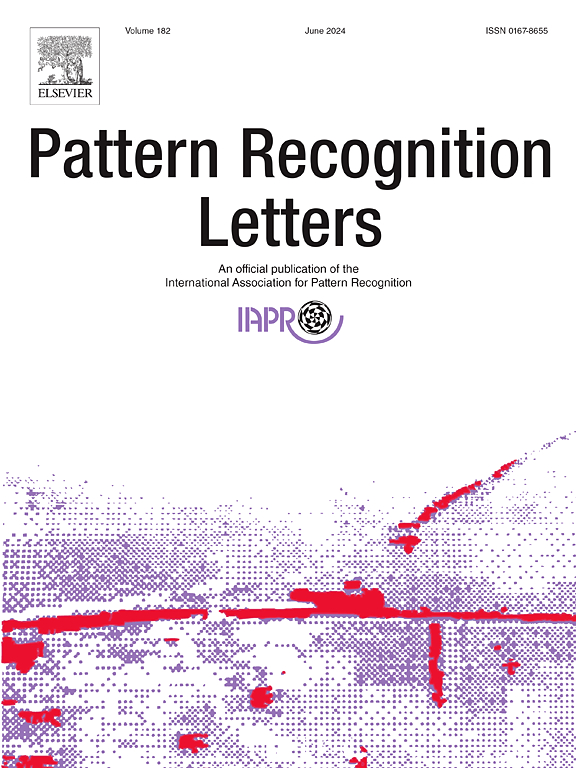GazeViT: A gaze-guided hybrid attention vision transformer for cross-view matching of street-to-aerial images
IF 3.9
3区 计算机科学
Q2 COMPUTER SCIENCE, ARTIFICIAL INTELLIGENCE
引用次数: 0
Abstract
The goal of cross-view matching between street and aerial images is to retrieve aerial-view images that correspond to a given street-view image from a database of GPS-tagged aerial images. This task relies on image cross-view matching technology, focusing on the extraction and alignment of features representing the same location in both image types. The significant differences in perspective and appearance between street-view images and aerial-view images present a challenge. Aerial-view images cover a broader area, while street-view images focus on specific locations, creating information asymmetry that complicates the matching process. To tackle these challenges, this paper proposes a gaze-guided hybrid attention Vision Transformer, which uses gaze information to guide the model to focus on and align task-related features. Furthermore, inspired by the human visual cognitive process of "focus and zoom," we develop a hybrid attention module alongside an image adaptive cropping and resolution enhancement module. The hybrid attention module utilizes gaze information to guide the model to focus on relevant regions, while the image adaptive cropping strategy uses gaze information to guide the model to eliminate irrelevant regions. Techniques for improving image resolution allow for the magnification of important regions, thereby aiding the extraction of fine-grained features. We evaluate the model's performance on benchmark datasets and conduct ablation study experiments to assess the contributions of each module. Experimental results show that the method achieves a top-1 accuracy of 75.56 % on the CVACT dataset, representing state-of-the-art performance. This study provides valuable insights into incorporating human experience into computational models, particularly through gaze-guided learning of visual task networks to enhance model performance.
求助全文
约1分钟内获得全文
求助全文
来源期刊

Pattern Recognition Letters
工程技术-计算机:人工智能
CiteScore
12.40
自引率
5.90%
发文量
287
审稿时长
9.1 months
期刊介绍:
Pattern Recognition Letters aims at rapid publication of concise articles of a broad interest in pattern recognition.
Subject areas include all the current fields of interest represented by the Technical Committees of the International Association of Pattern Recognition, and other developing themes involving learning and recognition.
 求助内容:
求助内容: 应助结果提醒方式:
应助结果提醒方式:


